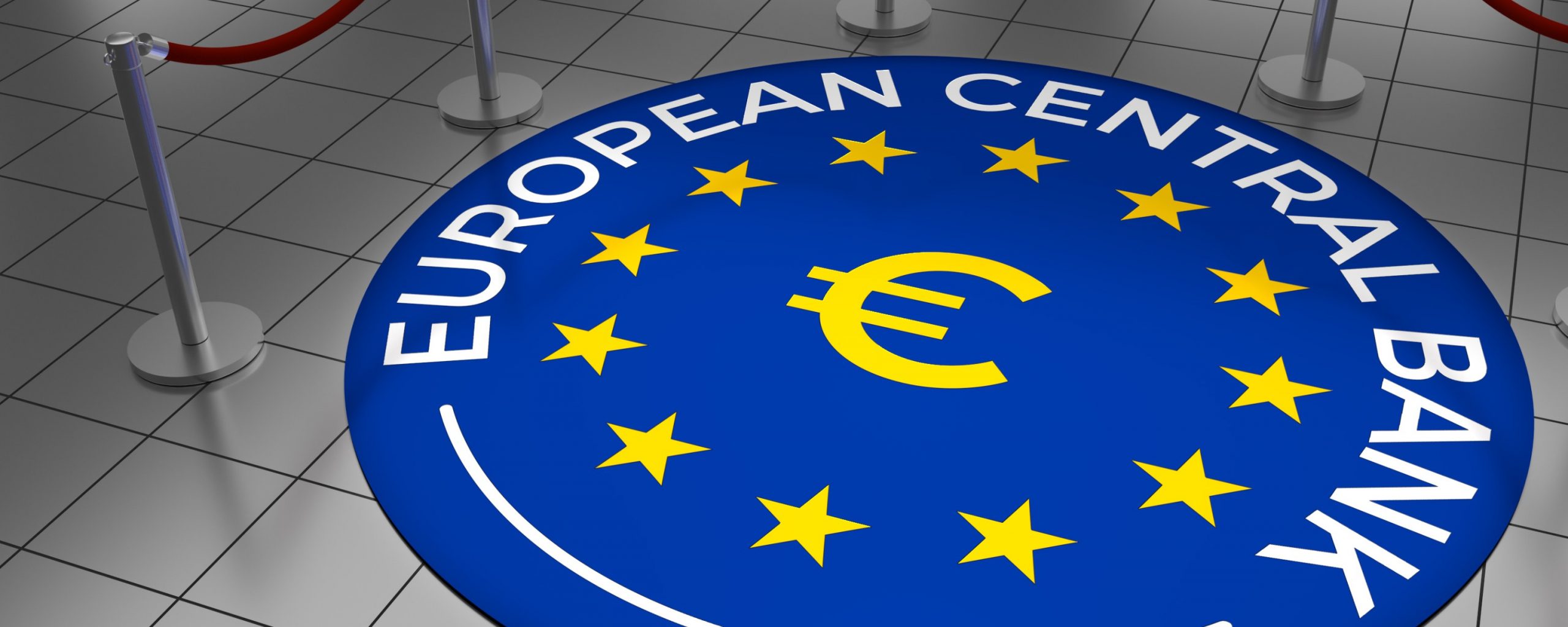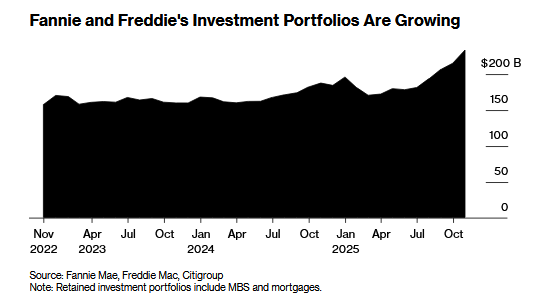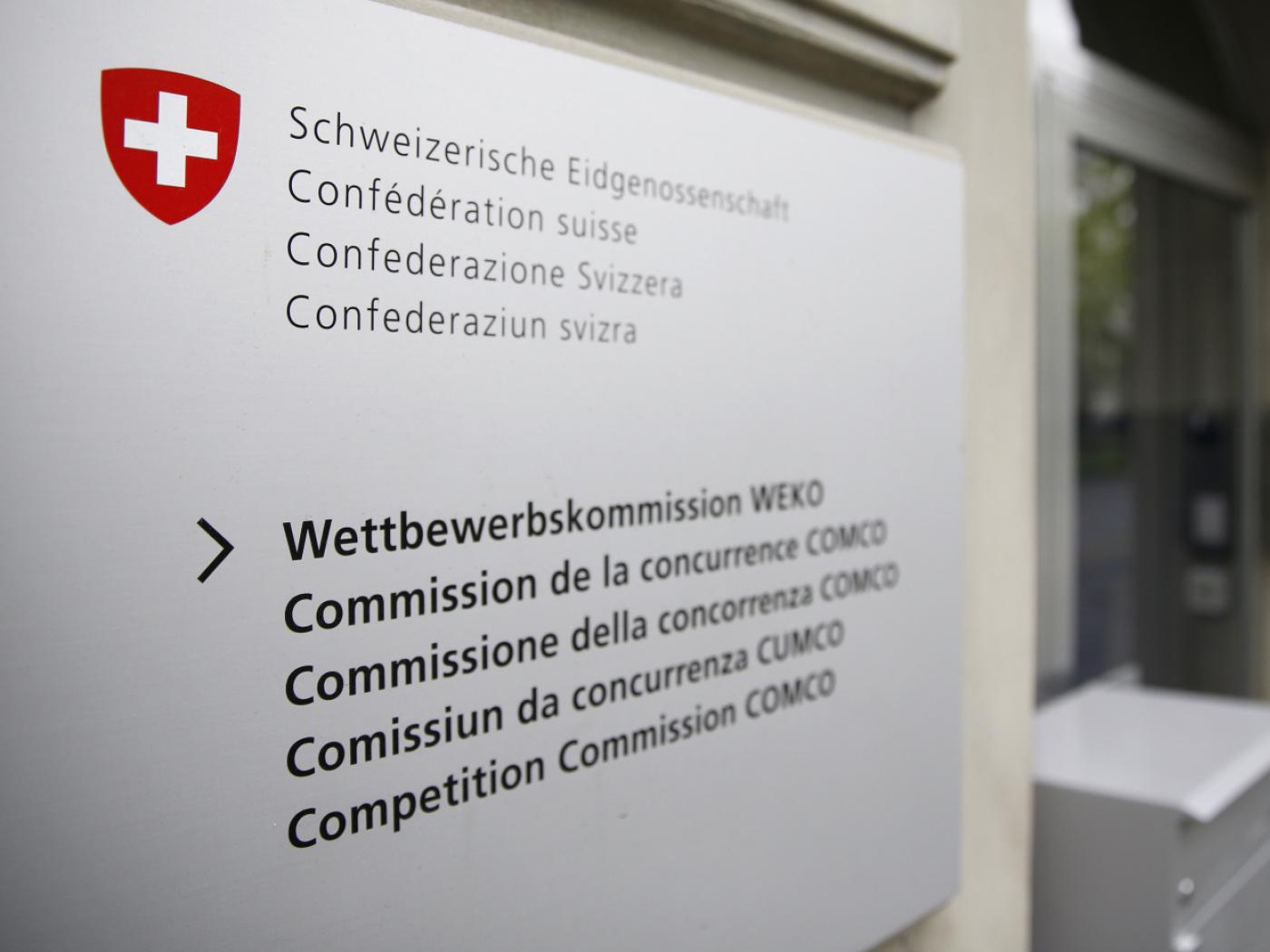- President Trump spoke to the nation last night and did little to calm markets; reports suggest that the Democrats are working on a bill
- Fed easing expectations are intensifying
- The ECB decision will be out at 845 AM ET; over the past 17 ECB decision days, the euro has finished lower in 11 of them
- Reports suggest the Bank of Japan is “likely to strengthen stimulus” next week; Australia announced details of its AUD17.6 bln stimulus plan
 The dollar is broadly firmer against the majors as President Trump’s address failed to calm markets. Yen and Swissie are outperforming, while the Scandies are underperforming. EM currencies are broadly weaker. TWD and RON are outperforming, while RUB and MXN are underperforming. MSCI Asia Pacific was down 4.3% on the day, with the Nikkei falling 4.4%. MSCI EM is down 4.4% so far today, with the Shanghai Composite falling 1.5%. Euro Stoxx 600 is down 5.9% near midday, while US futures are pointing to a lower open. 10-year UST yields are down 19 bp at 0.68%, while the 3-month to 10-year spread is down 11 bp to stand at +37 bp. Commodity prices are mostly lower, with Brent oil down 6.1%, copper down 1.6%, and gold up 0.1%.
The dollar is broadly firmer against the majors as President Trump’s address failed to calm markets. Yen and Swissie are outperforming, while the Scandies are underperforming. EM currencies are broadly weaker. TWD and RON are outperforming, while RUB and MXN are underperforming. MSCI Asia Pacific was down 4.3% on the day, with the Nikkei falling 4.4%. MSCI EM is down 4.4% so far today, with the Shanghai Composite falling 1.5%. Euro Stoxx 600 is down 5.9% near midday, while US futures are pointing to a lower open. 10-year UST yields are down 19 bp at 0.68%, while the 3-month to 10-year spread is down 11 bp to stand at +37 bp. Commodity prices are mostly lower, with Brent oil down 6.1%, copper down 1.6%, and gold up 0.1%.
Risk sentiment is taking a hit as President Trump’s address last night failed to delivery any details on fiscal stimulus. Stocks are making new lows, with EM FX getting hammered too. What’s interesting is that (at least for now), the dollar is benefitting from the risk-off sentiment. DXY is making new highs for this bounce but we can’t say with any degree of confidence that the worst is over for the greenback.
AMERICAS
President Trump spoke to the nation last night and did little to calm markets. He announced a 30-day travel ban on Europe beginning Friday. The UK is exempt, at least for now. Trump did not really address the shortage of test kits in the US, nor did he announce any measures that might help halt the spread of the virus domestically. Coming after the WHO officially called the coronavirus a pandemic, many were looking for much more aggressive measures and markets are clearly unhappy with Trump’s current approach.
Reports suggest that the Democrats are working on a bill that includes emergency paid sick leave, enhanced unemployment benefits, and free coronavirus testing. It will also include enhanced food aid for people affected by the outbreak. However, it looks likely that Congress will still go on recess next week and so any legislation seems unlikely to be passed soon. Indeed, Majority Leader Mitch McConnell said that the Senate is unlikely to act before the recess, adding that he wants to see the outcome of negotiations between the Trump administration and Speaker Pelosi.
Fed easing expectations are intensifying. Next FOMC meeting is March 18 and WIRP suggests a 75 bp cut is fully priced in along with a significant chance of a 100 bp move that would take the Fed funds target range down to the crisis-era low of 0.0-0.25%. More significantly, markets are starting to price in further easing at the June 10 meeting and beyond. This suggests the possibility of negative rates, something that we think is highly unlikely in the US.
US February PPI will be reported today. Headline PPI inflation is expected to ease to 1.8% y/y from 2.1% in January, while core PPI inflation is expected to remain steady at 1.7% y/y. Yesterday, CPI was reported with headline and core inflation both coming in a tick higher than expected at 2.3% y/y and 2.4% y/y, respectively. Weekly jobless claims will also be reported and are expected at 220k.
EUROPE/MIDDLE EAST/AFRICA
The European Central Bank decision will be out at 845 AM ET. After the BOE and the UK Treasury delivered a solid package for markets to digest, the pressure is now on the ECB to follow suit. Please see our ECB Preview for our thoughts on what the ECB may do. Markets are expecting a range of measures that may include (but are not limited to) increasing asset purchases, targeted lending measures, another TLTRO, changing tiering rules, and easing collateral and capital buffer rules.
Over the past 17 ECB decision days dating back to January 2018, the euro has finished lower in 11 of them. This track record was less reliable in 2019, however. The five meetings on April 10, June 6, July 25, September 12, and December 12 all saw the euro finish firmer, though every gain except the July 25 meeting was less than 0.1%. More recently, the October 24 and January 23 meetings saw the euro weaken. Draghi often pushed back at euro strength during his tenure, let’s see how Lagarde approaches it. We believe she will try to prevent further gains, as a weaker euro is a low-cost option for stimulus.
Looking at other asset classes, the behavior on ECB meeting days has been very similar. STOXX Europe 600 was up 10 of the past 17 meetings, EURO STOXX Banks was up 9 of the past 17, MSCI EM was up 11 of the past 17, and MSCI EM FX was up 10 of the past 17 meetings.
ASIA
Reports suggest the Bank of Japan is “likely to strengthen stimulus” next week. The bank is likely to increase asset purchases, with reports suggesting that it’s unlikely to take rates more negative unless the yen strengthens significantly. BOJ will reportedly be watching to see if the ECB goes more negative today. A targeted loan program is said to be likely, and the bank may also purchase more commercial paper and corporate debt to help firms cope.
The yen continues to benefit from risk-off sentiment. USD/JPY is trading near the 104 level. While above the recent 101.20 low, the pair feels heavy. Break below 103 would set up a test of the 101.20 level. Break below that would set up a test of the September 2016 lows near 100.10. Ultimately, the June 2016 low near 99 is within reach. Reports suggest the BOJ views 100 as the line in the sand. As that level approached, the bank is more likely to take more aggressive action to weaken the yen.
Australia announced details of its AUD17.6 bln stimulus plan. Like Hong Kong, Australia is resorting to so-called “helicopter money” as households will receive payment of AUD750 and some welfare recipients will receive AUD500. Other details include AUD1.3 bln over two years to safeguard 120k apprentice jobs as well as AUD6.7 bln over four years to support small- and medium-size businesses.
Full story here Are you the author? Previous post See more for Next postTags: Articles,Daily News,newsletter



























